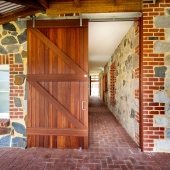





 4
4




![Filename: gettyimages-154450546-612x612.jpg
Description: [Thumbnail for gettyimages-154450546-612x612.jpg]](/t/165005/a/151382/gettyimages-154450546-612x612.jpg)
For all your Montana Masonry Heater parts (also known as) Rocket Mass heater parts.
Visit me at
dragontechrmh.com Once you go brick you will never go back!
 1
1




 1
1




 1
1




Where there is Liberty, there is Christ!
 2
2




Silence is Golden
For all your RMH needs:
dragontechrmh.com




 1
1





Silence is Golden
For all your RMH needs:
dragontechrmh.com
 1
1








Silence is Golden
For all your RMH needs:
dragontechrmh.com

|
Shake it tiny ad! Shake it!
Rocket Mass Heater Jamboree And Updates
https://permies.com/t/170234/Rocket-Mass-Heater-Jamboree-Updates
|




